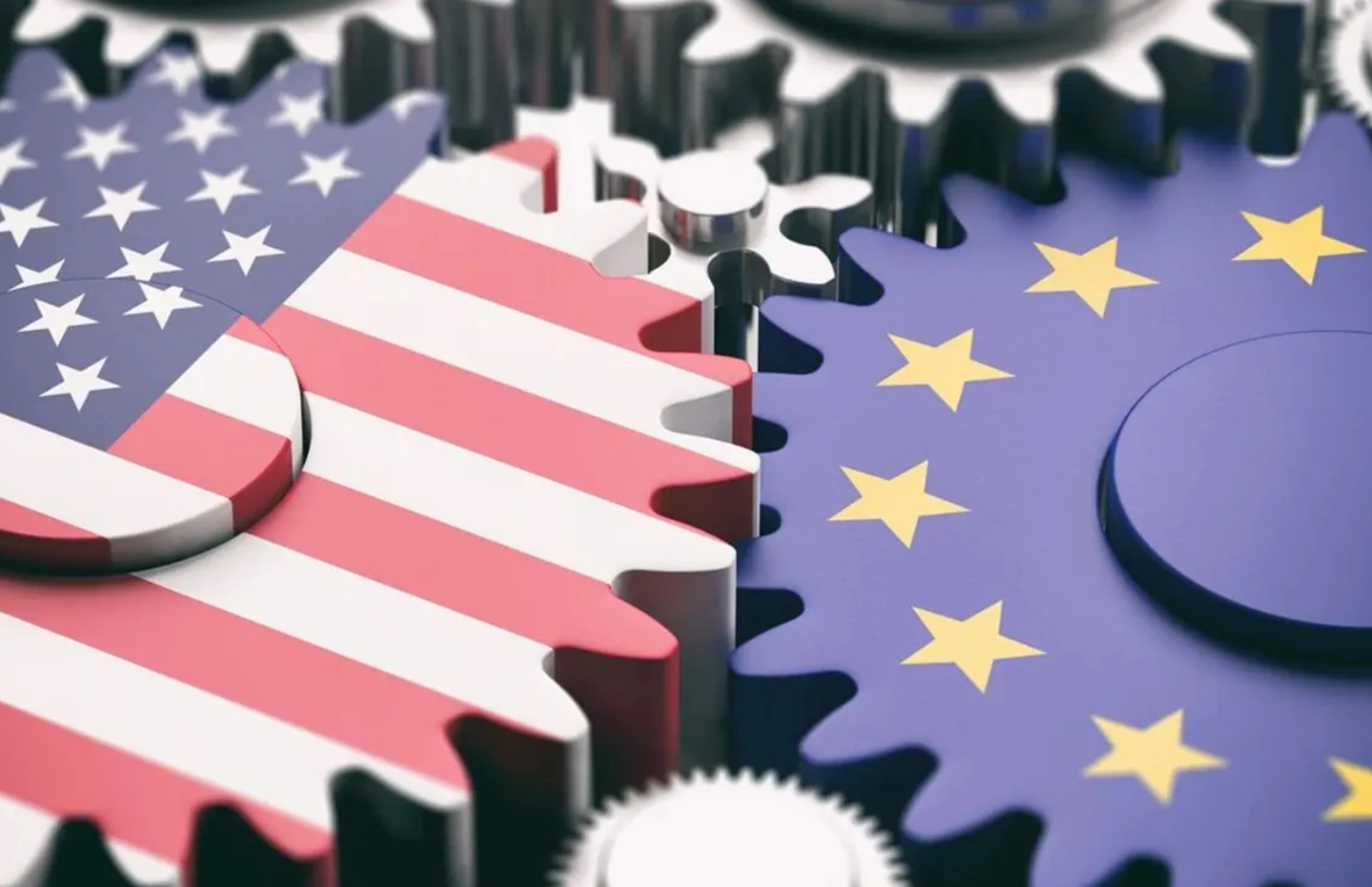EU-USA trade agreement follows new tariffs on over 400 aluminium and steel products
News Analysis

22
Aug
2025
EU-USA trade agreement follows new tariffs on over 400 aluminium and steel products
The US Department of Commerce confirmed that, starting 18 August 2025, 407 new steel and aluminium derivative products will face the existing 50% Section 232 tariffs. This follows the ‘Adoption and Procedures of the Section 232 Steel and Aluminium Tariff Inclusions Process’.
The updated list of tariffed items applies to all covered products entered for consumption or withdrawn from a warehouse for consumption on or after the effective date. There are no exceptions for goods already in transit. The 407 additional tariffs cover, among other categories, aluminium and steel products under Section XV, Section XVI, and Section XX, directly impacting more mid- and downstream aluminium and steel products. Furthermore, the tariff applies only to the share of a product containing aluminium or steel, creating a cumbersome and complex framework for importers to navigate.
The extension of tariffs also reinforces duties on aluminium from Russia. A 200% duty remains in effect on any aluminium products and derivatives subject to Section 232 that are produced in Russia, or contain primary aluminium smelted or cast in Russia. This duty applies to the entire value of the imported good.
These latest tariffs will increase cost pressures on aluminium and steel derivative products, leading to higher prices throughout those supply chains where domestic production capacity for aluminium and steel products remains limited. Higher import costs are also expected to impact a broad range of US sectors; especially transportation, infrastructure and construction.
The additional tariff on aluminium and steel derivative products means that, in the short term, US end-users will bear the cost, as domestic capacity is insufficient to produce many of the products currently imported. Over the medium term, some new production facilities are expected to come online, but these will take time to build and are unlikely to fully meet US demand. Tariffs may also encourage substitution in applications and products where alternative materials are readily available and can be quickly integrated.
Higher input costs are expected to lead to increased prices for automotive and construction projects. This could hinder investment in the infrastructure and new construction sectors. While there will be efforts to shift sourcing to domestic recycled aluminium, this transition will take time. In effect, tariffs function as a tax that ultimately falls on either the consumer or the importer.
In a follow-up development, on 21 August, the EU and the USA announced a framework to support fair and balanced transatlantic trade, introducing a tariff rate quota for EU aluminium and steel exports. The new US tariff regime sets a maximum rate of 15% for most EU exports. The agreement aims to prevent overcapacity in both aluminium and steel industries.
The evolving EU–USA dialogue will be critical in determining whether these trade frictions intensify or pave the way for renewed cooperation on industrial policy and supply chain security.
From data to decisions. Project Blue’s Aluminium Research Service provides the intelligence you need to navigate the aluminium market. Connect with our experts today.